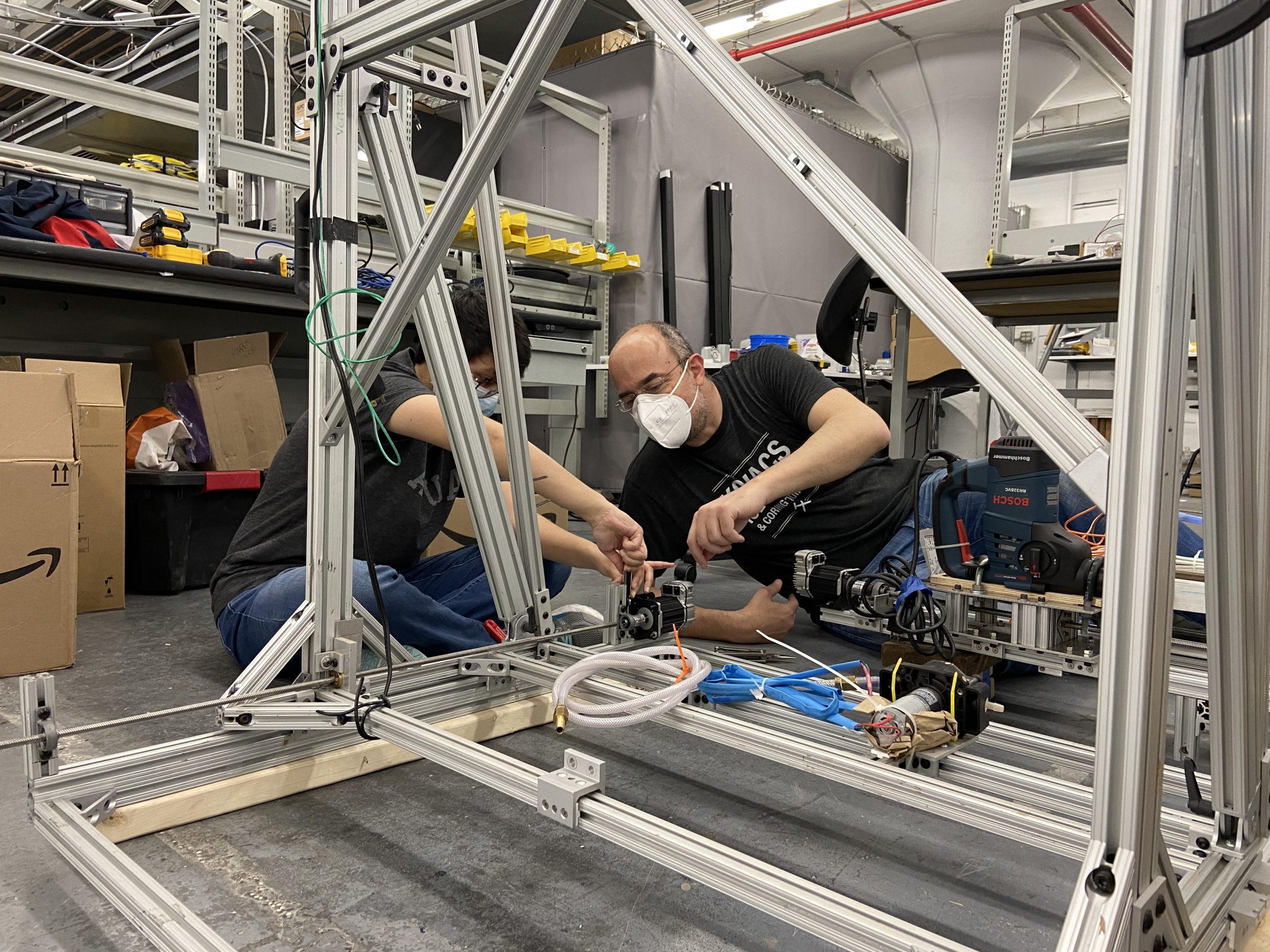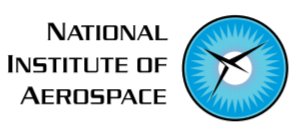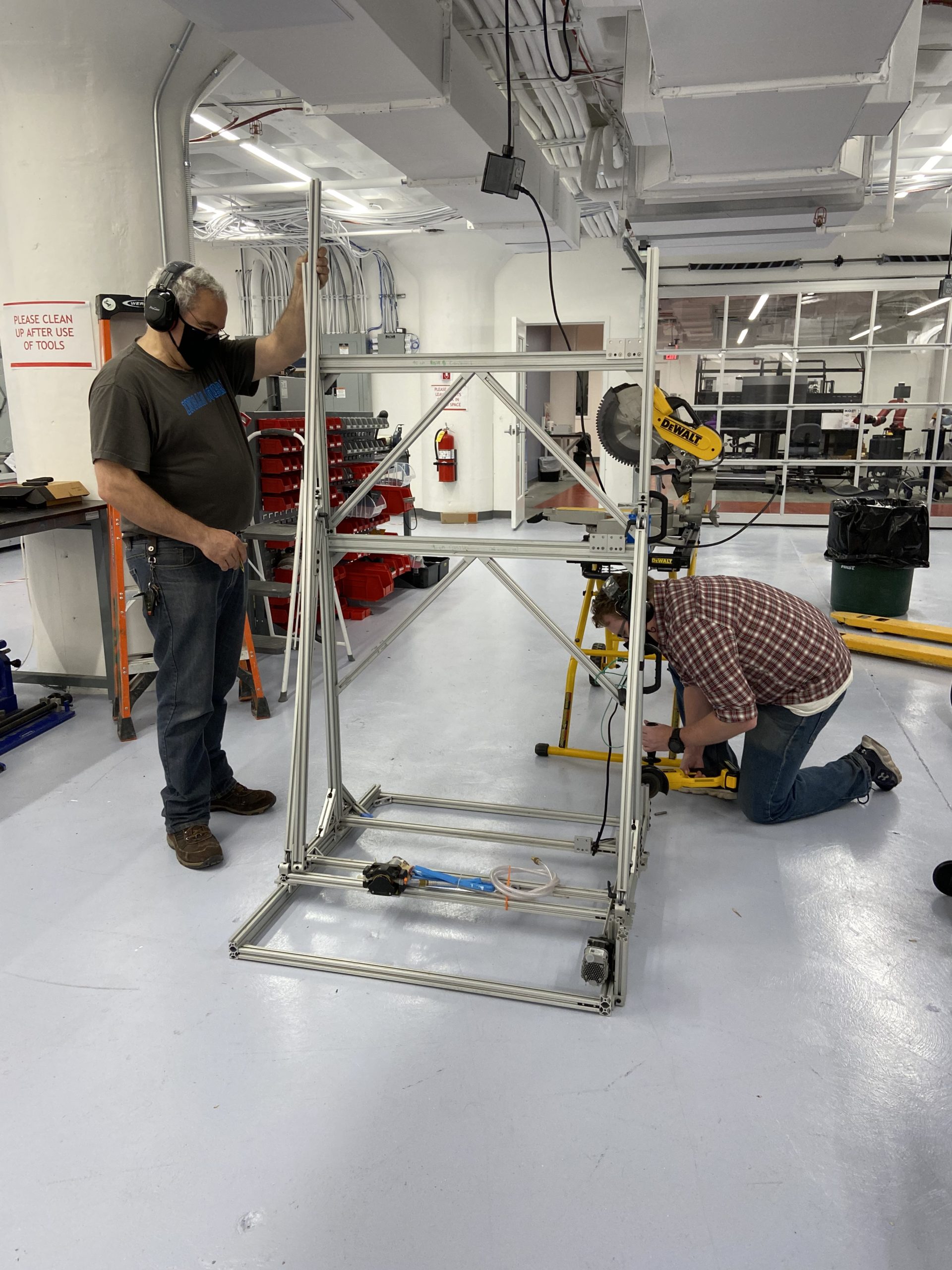
We are excited to host the HYDRATION III team at MassRobotics as they prepare for their final integration and testing cycles for the NIA/NASA RASC-AL Special Edition Moon to Mars Ice & Prospecting Challenge which will be held at NASA Langley Research Center this fall. We had a chance to speak with team leads George Lordos and Roland de Filippi, from the team to ask him a few questions.
1.) What is the Moon to Mars Ice Challenge all about?

George: NASA’s strategy for the exploration of the Moon and Mars is to “follow the water”. Part of it is to answer the big questions on the origin of life, but another part has to do with identifying water resources that could be useful to future crews who are attempting to stay on the surface for a long-duration mission. To make these missions more sustainable, NASA is investigating the opportunity of tapping local water resources to produce water for life support, growing food and refueling spacecraft propellant tanks with liquid hydrogen and liquid oxygen. This strategy is known as In-situ Resource Utilization, or ISRU. NASA’s Langley Research Center, which is the home of space mission analysis, has hosted this competition in the last four years, challenging teams of university students to design, build and operate their own innovative systems to explore a simulated surface of the Moon and Mars, find buried ice deposits and produce water. These prototypes are proofs-of-concept which would require changes to work in the alien environments of the Moon and Mars, where gravity, radiation, temperatures, atmospheric pressure and the mechanical properties of the ground are all significantly different. These changes are described by the teams in a “path to flight” report.
2.) Can you tell me a bit more about the High Yield Dihydrogen-monoxide Retrieval And Terrain Identification On New worlds (HYDRATION) team?
Roland: The team consists of current graduate and undergraduate students as well as recently graduated alumni from universities in the USA and Switzerland. We’re 14 persons in total. Due to the COVID-19 pandemic, we’ve done a significant part of the work so far in homes and basements, front and back yards as well as university labs in three countries. Mechanical work and heater testing was done in my basement and backyard, electronics work and an early integration test was done at Prakash’s place, the new servo motors were tested and commissioned by George in Cyprus, and a team of undergraduates in Switzerland is currently building a new controller and a new water flow sensor for our peristaltic pump. With a few months to go until the competition, we’re excited to have the opportunity to work together under one roof at MassRobotics. In the two weeks since we’ve moved in we have made good progress with several aspects of electromechanical integration and improvements to our HYDRATION III system.

3.) This year, at the NIA / NASA Moon to Mars Ice & Prospecting Challenge, there were 36 university teams from across the country that applied, of which 12 were selected as semifinalists and 9 so far named as finalists this year. What allowed your team to be selected as a finalist for the third year in a row?
Roland: At the last competition at Langley in June 2019, we had a very good result with our HYDRATION system, placing third overall in total water production, water clarity and the accuracy of our digital core. We also won the “Best Technical Paper” award in the last two competitions, for the best description of path-to-flight changes required to convert our proof of concept into a realistic space system. This year, we’ve kept the design philosophy the same, but we’ve introduced many improvements and changes to increase the reliability, productivity and remote operability of the system, improving our performance along three key characteristics that would be important for a real water ice mining robot operating on the Moon and Mars. Even though the competition doesn’t require it, at this year’s Langley finals we’re preparing to demonstrate control of the HYDRATION robot via internet from Cambridge.
George: If this demonstration is successful, it will show that our design and implementation of a semi-autonomous robotic mining system could be applied on the Moon and Mars. In the lunar case the operator can be back on Earth with the robot exploring for ice at the lunar South pole, while in the case of Mars the operator would be at the base and the water ice mining and collection robots would be out in the field, teleoperated in near-real-time.
We will enjoy seeing their progress in the finals.